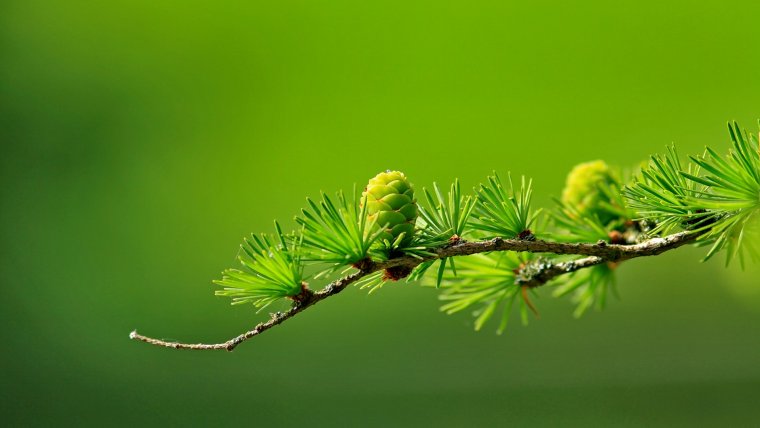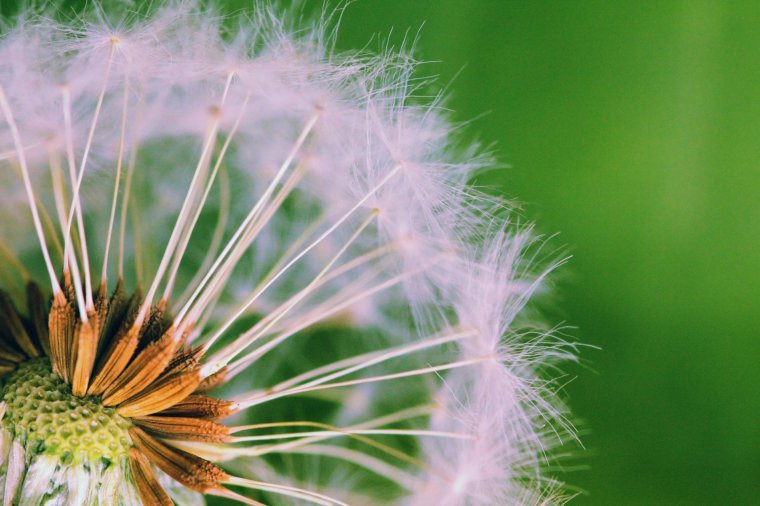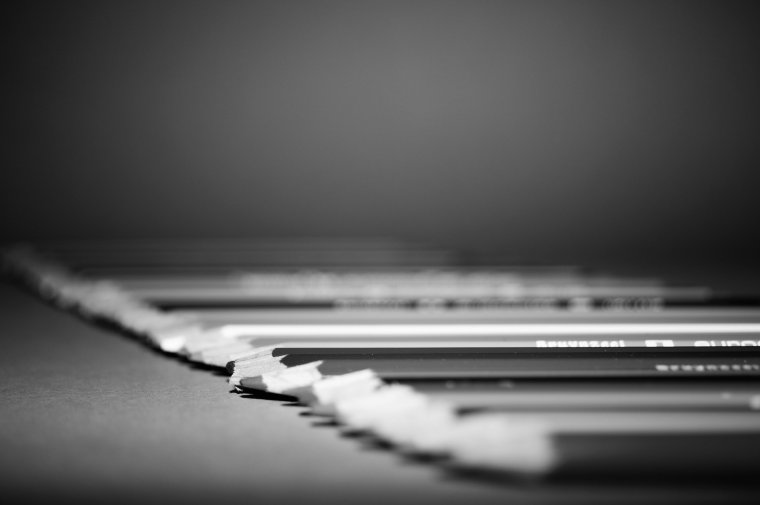
Within the many facets of the world of photography, there is one, which generates a particular sympathy between amateurs and professionals of the image, macro photography.
This is an area that performs the registration of elements and details that, at first sight, by the capacity of our eyes, will be difficult to appreciate.
This type of photography has become common in the registry of nature because it allows us to register small insects and raises or details of the environment, unusual in our view. The colorful of these types of scenes has fascinated more than one photographer who has become an expert in this area.

We must clarify that this type of photography is not only used in the natural area. With little creativity, there are countless situations in which you can make photographic records of this type. For example, in a wedding, macro photography can allow you to make images of the letter inscribed in the ring, a subtle detail but that many customers leave fascinated. Also in the area of products, take with your camera the smallest details of the object portrayed, endow the variety with the record. This just to mention some spaces, the possibilities are really endless.
The truth is that to make macro photographs it is not necessary to have many types of equipment. Many times a little creativity and inventiveness are enough to discover all the secrets of the world of the tiny.
To start with macro photography, you can use the digital camera you have. Digital cameras, by default, have a macro system that is represented graphically with a flower. When you activate the camera is programmed to take photos of short distances and to look for photos until reaching its limit, since each camera has a distance of minimum closeness to which you can put the object of your camera; If you get closer, the photographs will simply not focus.

So the first thing you can do is to set the macro mode of your camera and get as close as you can, to the point that you do not see the focused image. This will be your minimum focus distance so you know the maximum magnification of your camera.
Remember that this value may change depending on whether or not you have zoomed in on your camera. So do this same test by varying the zoom, so you know what those different distances are and find the one that gives you the greatest degree of approach.
These scenes usually have low light, because the objects are usually much smaller than the camera itself, so your body or your camera will intervene in the passage of light towards the object portrayed. For this reason, flashes are usually used for macro scenes. In the case of digital cameras, you can use the flash, but it will depend on the location and the size of the object to which you make the photo if it will be useful.
Let me explain: if you have an object that is smaller than the lens of your camera. If the flash does not stand out a little, this lens will generate shadow between the light of the flash and your object, resulting in a dark photograph. If this is your case do not worry, you can always use an additional flashlight or some light source to help.

Also, keep in mind that these flashes are usually very strong. So we recommend always soften them. This is achieved by putting a white paper or a plastic in front of the flash. You will immediately notice the difference in light.
If in certain cases the camera does not get close enough, we can always make use of other elements such as magnifying glasses, spectacle lenses and other optical zooming tools. This will allow the macro-photographic capacity of your camera to multiply.
It must be remembered that the use of attachments is very useful. Especially for cameras with low capacity and range. If I want to take pictures of the moon, for example, and I do not have a good lens, I can always use my digital camera and a telescope. Or for bird pictures, using binoculars as additional lenses is a good choice.
In macro photography, the same thing happens, objects like magnifying mirrors, lenses, glasses and so on, are very useful tools to start exploring this micro world.
So what are you waiting for? Take your camera and start recording those little stories that are around you.
Comments (0)
There are no comments yet.